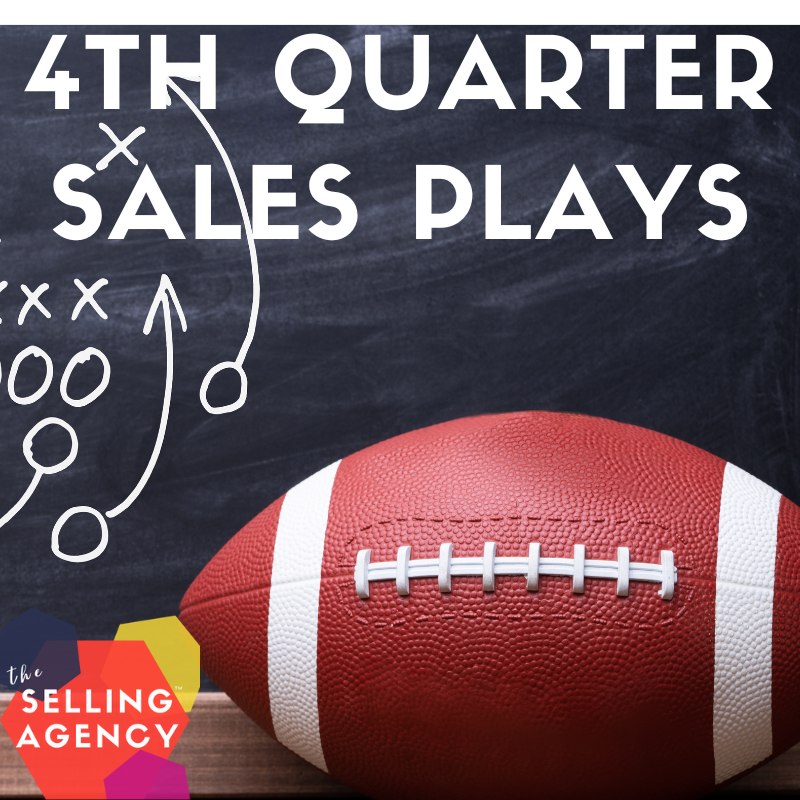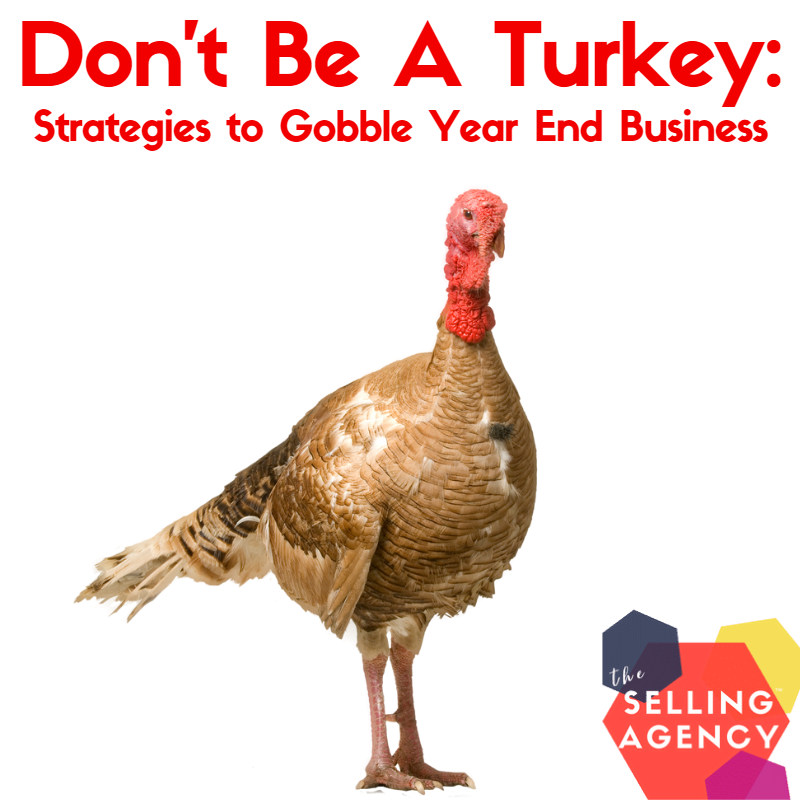As the topic of probably 1/3 of all conversations and certainly 1/3 of all social media posts, this election is truly remarkable and will certainly be dissected 7,432 ways in the history books.
What I think is remarkable from a sales vantage is how these Presidential Candidates are masterful in their communication and the response from supporters is wild and loyal support. I’m making an assumption here (and it’s not a political commentary about EITHER candidate) but the power that attracts loyal voters, advocates and supporters (outside of corporate interests) has less to do with policies and laws and more about emotions and how they make people feel.
How they make people feel is what informs what people believe about these candidates. Most of us render facts and impartial details meaningless if they don’t justify how we feel about the candidate or our decisions. We’re operating from our gut – the very primitive cave man brain in all of us is still the brain center where we make decisions – not from reason, data or rational argument – but we lead from our first instincts and our guts.
Evoking these strong reactions isn’t exclusive to politicians. Celebrities, musicians, activists, and leaders who have mastered the art of communication elicit incredibly strong emotional responses from people by carefully crafting their messages AND masterfully making their delivery.
So if you’re in the business of leading, persuading or SELLING people, mastering your own artful communication can produce similar results. Making people care “a little bit” doesn’t move the needle on action. Striking a deeper emotional chord creates responses that propel action.
How do you communicate to create strong emotional responses to you as a leader, a business owner, or a sales pro?
Understand How to Use Your Non-Verbal Narrative – There is a reason candidates gain or lose ground after televised debates. Television and live events shift focus from what is said to more about what we believe about them from their body language, posture, expressions, and style – their physical presence.
Body Language – Does your posture convey confidence? Do your hands betray your nervousness? Does your position demonstrate you’re listening? Are your fidgeting movements making you seem sketchy or as if you have something to hide? Does your style reflect how you want to connect with your audience?
There are dozens of books and videos on how to improve your body language but perhaps the best way to be more intentional about how you’re making people feel is to study leaders and watch the way they speak to a crowd and interact with people one on one. Practice being aware and being intentional in your movements and see if you can bring people closer and connect with them quickly and easily. Phone a friend or ask for feedback from your tribe to see if you’re on the right path, however, your results will help you see that quickly as well.
Listening – Perhaps the most underrated communication skill, listening is an art of its own. When people feel that you are listening, they feel understand, heard, even validated, and certainly, when people feel you are listening to them, they feel important.
What does it look like when you are listening? You are fully present, not thinking of what you’re going to say next or respond. Listening allows for silence – for comprehension. Physically, when you are listening, you’re fully dialed in – not multi-tasking or scanning the room, maintaining eye contact, nodding and leaning into the speaker. NPR writer and radio host, Celeste Headlee has a fantastic Ted Talk where she articulates her 10 rules of better conversations. It’s worth a listen to become a better listener (ha!).
Verbal Communication – Words have the power to move people, persuade and compel. Why then do most people not consciously think through and prepare what they’re going to say before they open their mouth? Especially in a moment when you’re trying to persuade someone or position yourself or your offers. If you’re just hearing the words come out of your mouth for the first time, how truly important is the opportunity to speak to your audience?
Specific and Personalized – Are you making people feel like you’re speaking only to them? Does your communication reflect relevance to the person or audience you’re speaking to? Are you using examples and stories in context that generate strong responses or connection?
Many times in business, we mistake “professional” dialogue for vague, generic, or even jargon and technical laden speech. Professional doesn’t mandate “impersonal” or lack of personality. Worse, we’ve all been trapped in sales meetings with someone who has adopted a “Sales persona” that is clearly incongruent with their natural personality. We don’t trust what they say and look for the first opportunity to bail.
When you’re authentic and genuine in what you say, it comes easier and creates more trust and response in your audience.
Intentional – Often, unprepared or unpracticed sales presenters or speakers will spin out in their talks, adding more and more words to make sure they’ve covered all their bases and sound impressive or knowledgeable. Which, backfires when it’s perceived as rambling and possibly even desperate.
When you’re going to present to a group, speak to an audience, or meet new people at networking opportunities, are you prepared and practiced – intentional – about what you want to convey and how you want to make people feel?
Don’t WING IT – prepare and create meaningful dialogue opportunities that speak clearly to your audience, making them feel special and important.
No product demo or power point deck can be as persuasive as true and intentional communication. To paraphrase one of the greatest speakers and business authors of this time, Simon Sinek – “there has never been a remarkable, historical speech that has ever been made better by a power point slide show”. He’s talking about the presence and the emotion that great orators and leaders have that elicits strong and powerful responses. In fact, he makes the point that Martin Luther King’s speech may have had a very different result and place in the history books if it were called “I have a PLAN” instead of “I have a DREAM”. He knew how to move people and stir their emotions and did it with his genuine passion. People were drawn to what he believed, who he was, and what he stood for.
Look around at the leaders you gravitate to – how do they make you feel? Can you pinpoint some specific things they do? How do they stand? What rhythms do they use in their speech? Do they pause and seem confident? How do they show they’re listening?
Develop your own intentional communication strategy and practice it on your clients, your prospects, coworkers, or peers. See if you can see a difference in how people feel about you through their own physical response – smile, posture, body language – and by their own responding communication.
Mastering your communication will improve your selling efforts and your sales results. It’s non-negotiable as the “soft skills” such as emotional intelligence and communication are often the major differences between you and your competition.
Until next time, stop hoping, start SELLING!
-sks
PS – Who are some of your favorite communicators? What’s special about them and how do they make you feel? I’ll start with a few of my favorite authors and speakers that produce very powerful feelings in me such as Maya Angelou, Simon Sinek, Sallie Krawchek, Gary Vaynerchuk, Sheila C. Johnson, Seth Godin . . .
What about you? Leave comments below.










